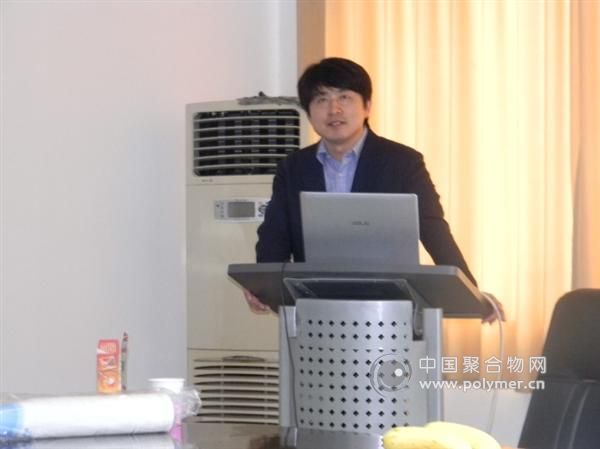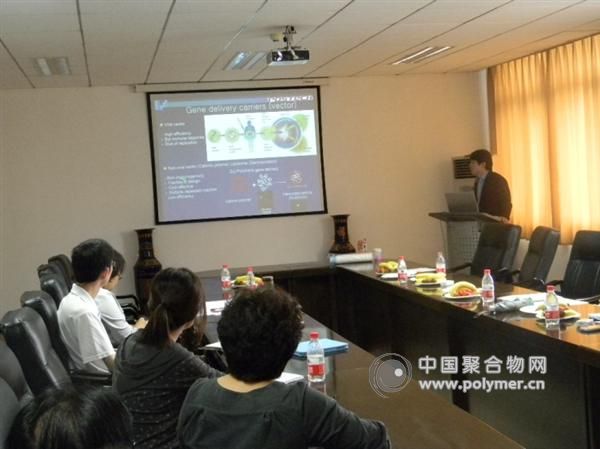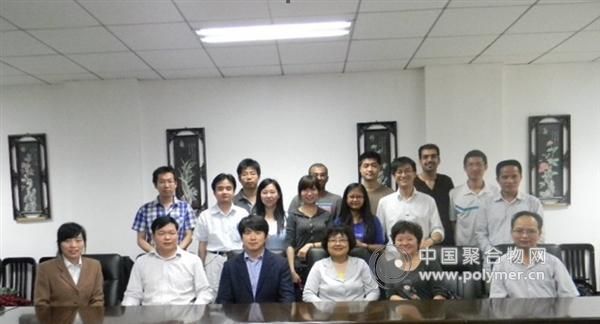应杨光教授邀请,韩国浦项科技大学 (Pohang University of Science and Technology)大学的Won Jong Kim副教授,于2012年5月28日至5月31日访问我校。2012年5月29日上午为师生带来了一场题为《Biopolymer-based gene carriers for gene delivery and silencing》的精彩学术报告。
Kim教授于2004年在东京工业大学获得博士学位,主攻方向是生物分子工程。2004. 04 - 2007. 07 ,在美国犹他大学攻读博士后。2007年至今在韩国浦项科技大学化学系先后担任助理教授和副教授。Kim教授研究方向主要有:Non-viral polymeric Gene Carriers,siRNA gene therapy,SNP detection,Nanomachine by DNA/polymer complex和Nitric Oxide delivery等。他先后在知名期刊发表64篇论文,如Nature Material 1篇 、Biomaterials 9篇、 Journal of Controlled Release 10篇 、 Accounts of Chemical Research 1篇等等。
报告摘要:Gene therapy has attracted enormous attention over the past few decades due to its immense potential as a therapeutic tool for combating various genetic disorders. Among two kinds of vectors that are employed till date, viral vectors exhibit higher transfection efficiencies, but their use is impaired greatly due to the associated toxicity, immunogenicity, and non-viable scale up procedures. As a result, tremendous impetus has been directed toward the development of various nonviral synthetic delivery systems which could be safer and more efficient. A number of cationic polymers including polyethylenimine (PEI), chitosan, and poly(L-lysine) have also been reported to exhibit efficient gene transfection. However, the induced cytotoxicity and non-biodegradability of these cationic polymeric vectors along with inefficient release of gene from the polymeric complexes inside the cell, lack of target specificity impede the prevalent practical realization of gene therapy. Therefore, in our quest to develop a highly coveted vector which could provide all these attributes, we have devised several highly efficient vector systems. Our approaches are focused mainly on the development of smart nanoparticles which could exploit the intracellular and extracellular features of the target cells by imparting several structural or functional traits into the nanoconstructs in order to overcome various impediments.


